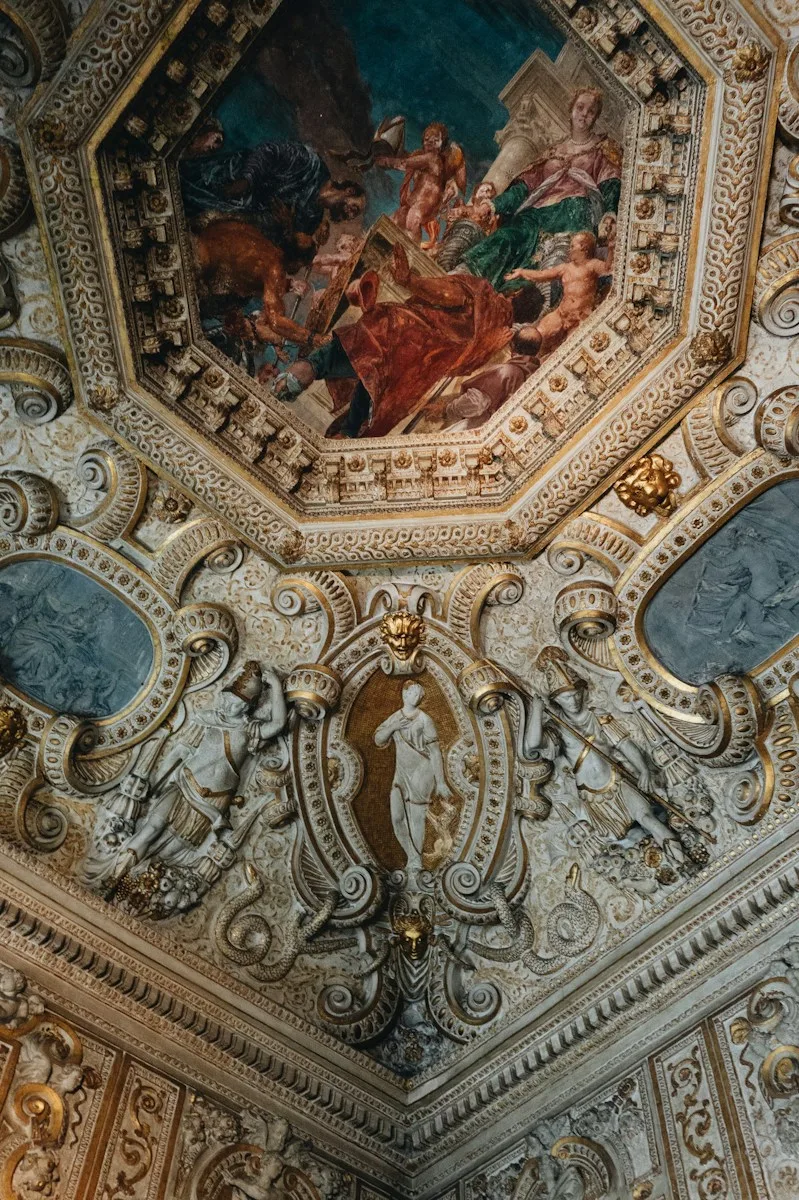Table of Contents
I. Introduction
- A. Brief overview of the Renaissance era
- B. Significance of art and design during the Renaissance
II. Historical Context
- A. Factors leading to the Renaissance
- B. Influence of humanism on art and architecture
III. Architectural Innovations
- A. Transition from Gothic to Renaissance architecture
- B. Key architectural elements of the era
IV. Prominent Renaissance Architects
- A. Filippo Brunelleschi
- B. Leon Battista Alberti
- C. Donatello – Sculpture as Architecture
V. Art and Design Fusion
- A. Integration of art into architectural design
- B. The impact of Leonardo da Vinci’s artistic contributions
VI. Symbolism in Renaissance Architecture
- A. Allegorical representations in buildings
- B. Importance of symbolism in Renaissance design
VII. Spread of Renaissance Architecture
- A. Dissemination across Europe
- B. Regional variations and adaptations
VIII. Challenges and Criticisms
- A. Critiques of the Renaissance style
- B. Overcoming challenges in architectural innovation
IX. Enduring Legacy
- A. Continued influence on modern architecture
- B. Preservation and restoration efforts
X. Conclusion
- A. Recap of the Renaissance’s impact on architecture and design
Architectural Renaissance: Navigating the Revival of Art and Design in the Renaissance Era
The Renaissance, a pivotal period spanning the 14th to the 17th century, witnessed an unparalleled revival in art, culture, and intellectual pursuits. Among the many facets of this transformative era, the architectural renaissance stands out as a beacon of innovation and creativity. In this exploration, we delve into the intricate world of architectural marvels that characterized the Renaissance, navigating through its historical roots, influential architects, artistic fusion, symbolism, challenges faced, and the enduring legacy it left on the world of design.
I. Introduction
A. Brief Overview of the Renaissance Era
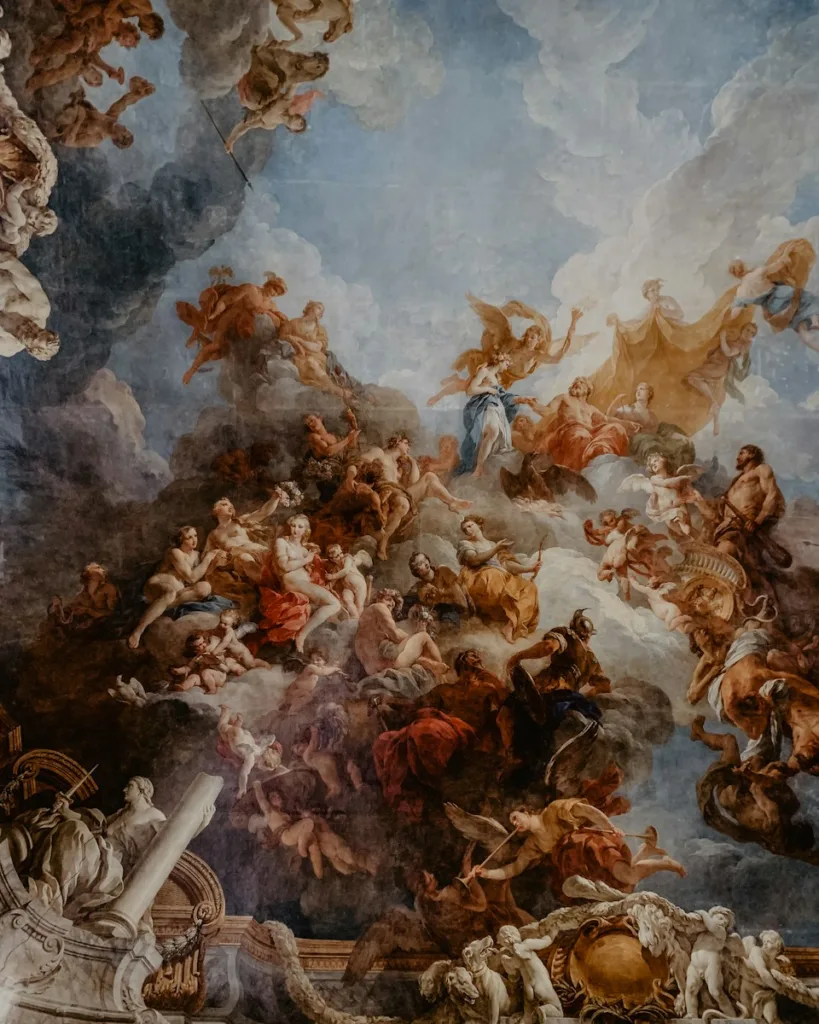
The Renaissance marked a profound shift from medieval traditions to a period of cultural and intellectual awakening. Originating in Italy, this era celebrated the human spirit and embraced knowledge, paving the way for a renaissance in various domains, including art and architecture.
B. Significance of Art and Design during the Renaissance
Art and design became powerful expressions of the era’s newfound humanism, portraying a harmonious blend of classical influences and innovative thinking.
II. Historical Context
A. Factors Leading to the Renaissance
The convergence of socio-economic prosperity, advancements in science, and a renewed interest in classical learning catalyzed the Renaissance. These factors set the stage for a revival of creative pursuits.
B. Influence of Humanism on Art and Architecture
Humanism, with its emphasis on individualism and the human experience, greatly influenced artistic and architectural endeavors. This shift in perspective laid the groundwork for a more human-centric approach to design.
III. Architectural Innovations
A. Transition from Gothic to Renaissance Architecture
The Renaissance saw a departure from the towering spires of Gothic architecture. Instead, architects embraced a more balanced and symmetrical approach, focusing on proportion and harmony.
B. Key Architectural Elements of the Era
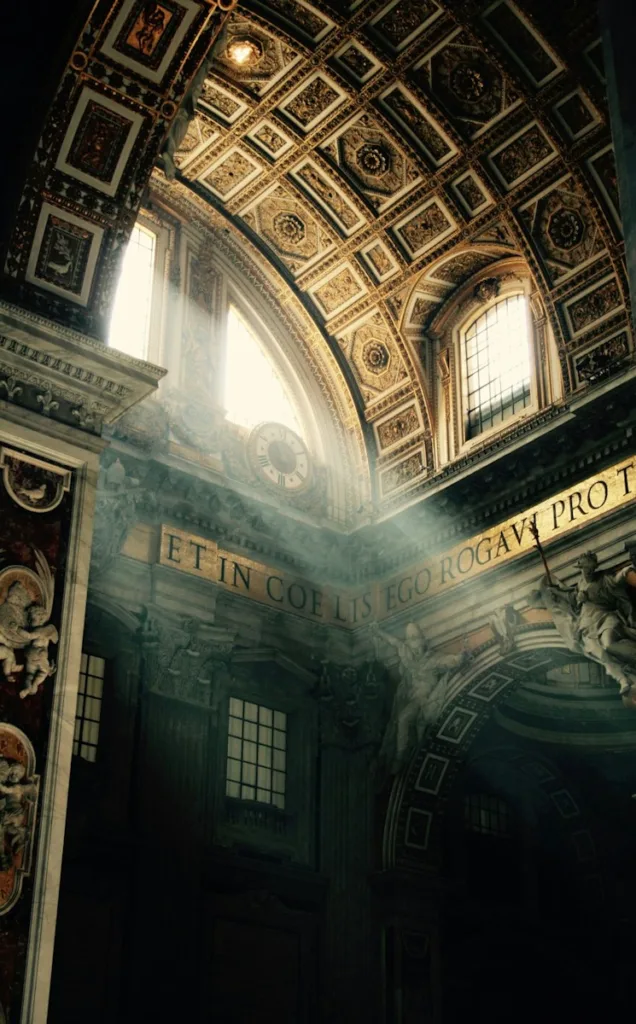
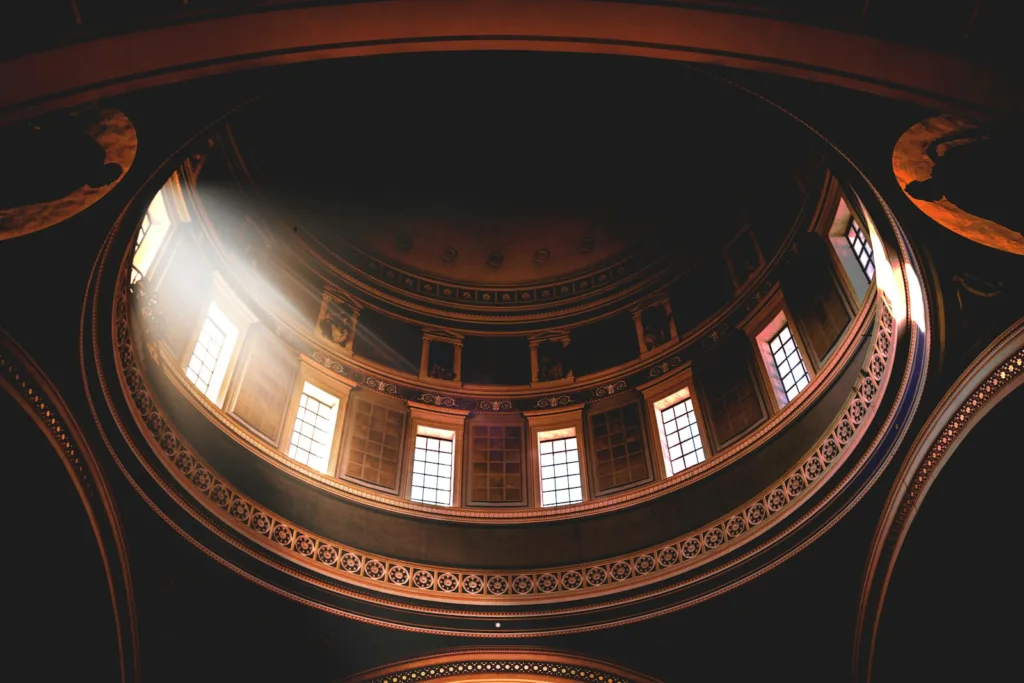
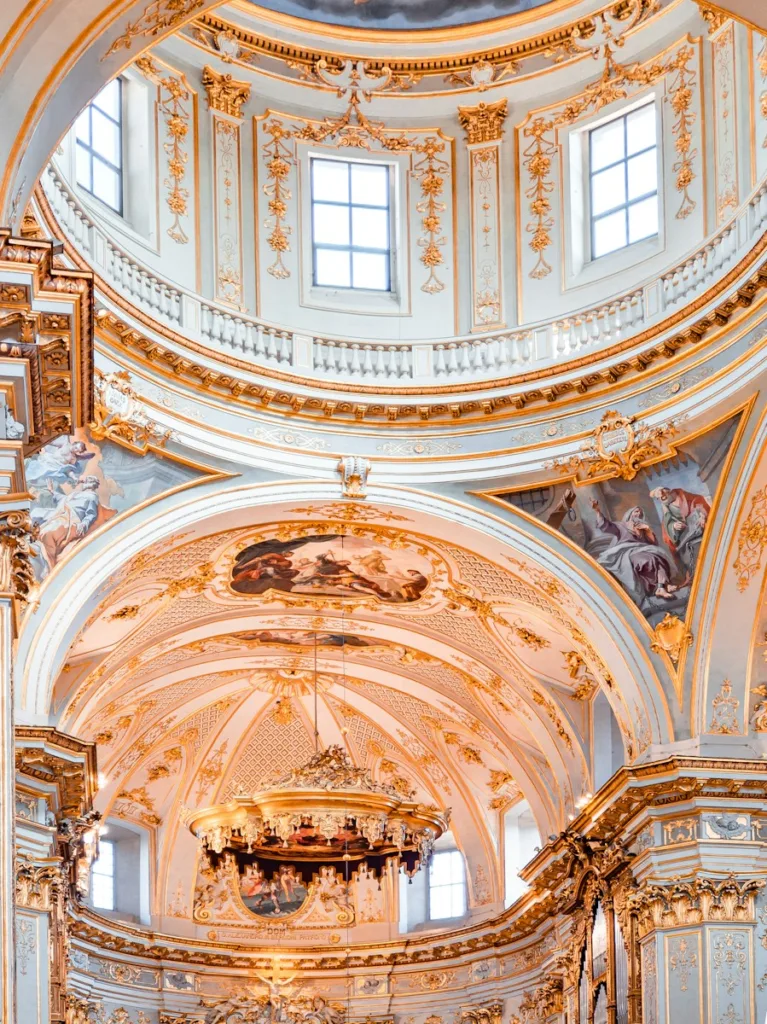
From the graceful arches and domes to the use of columns and pilasters, Renaissance architecture introduced elements that would shape the aesthetic principles of the time.
IV. Prominent Renaissance Architects
A. Filippo Brunelleschi
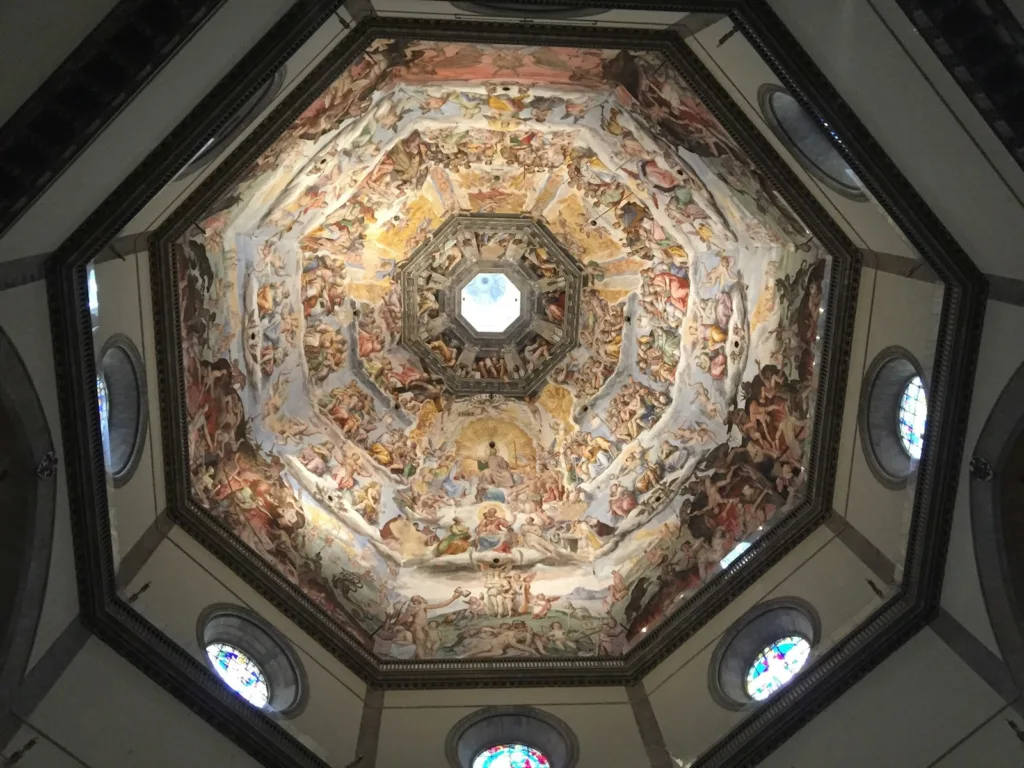
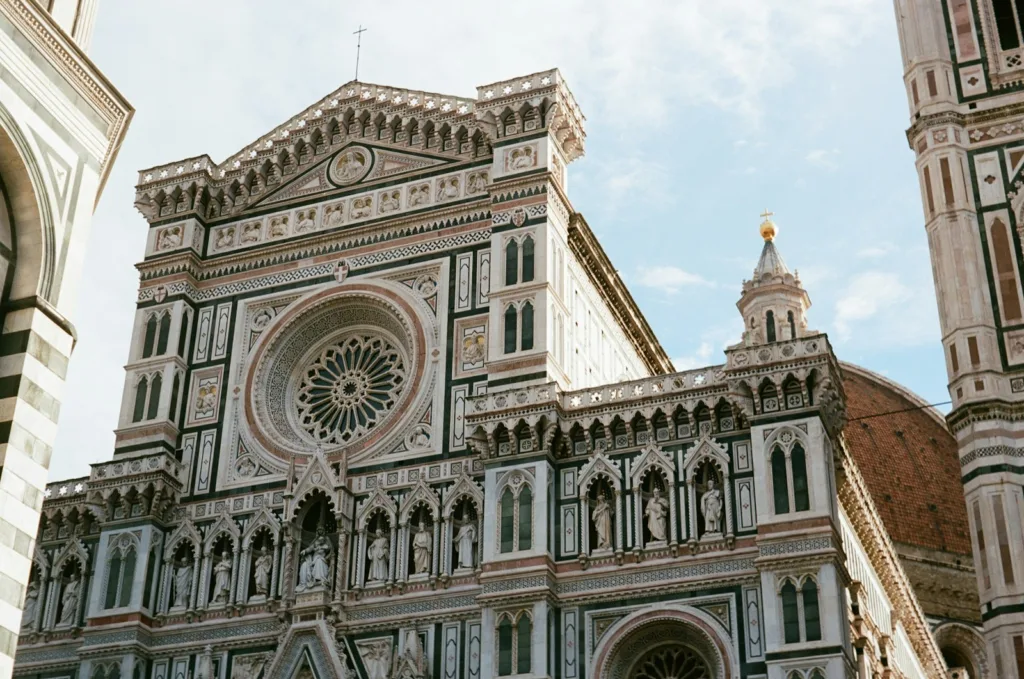
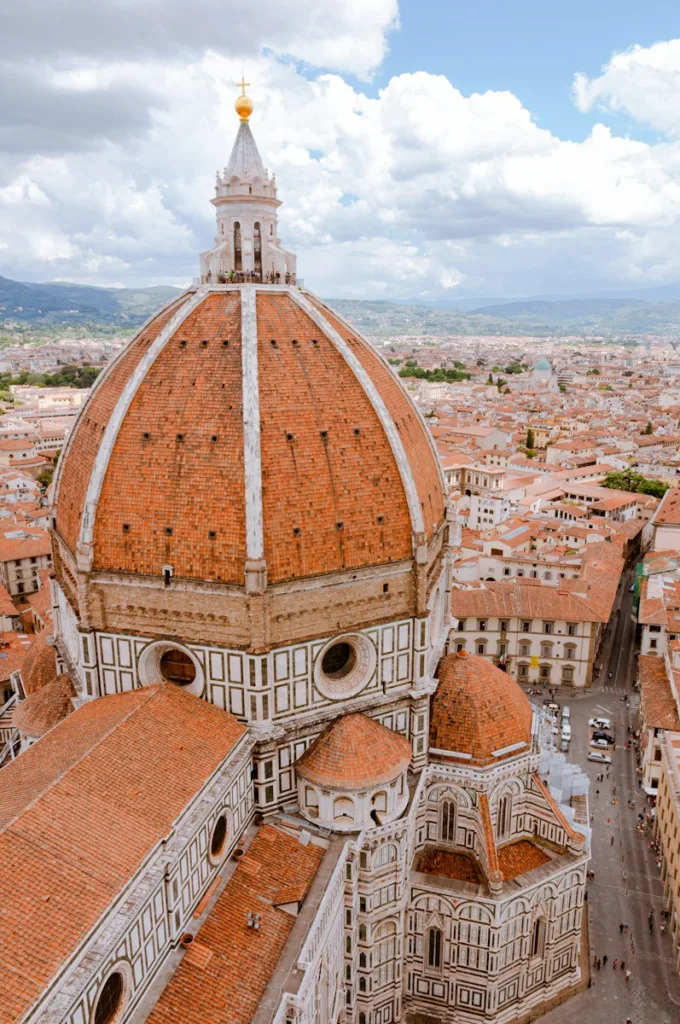
Brunelleschi’s contributions, such as the iconic dome of Florence Cathedral, showcased his mastery of engineering and design. His innovations set the stage for the Renaissance architectural revolution.
B. Leon Battista Alberti
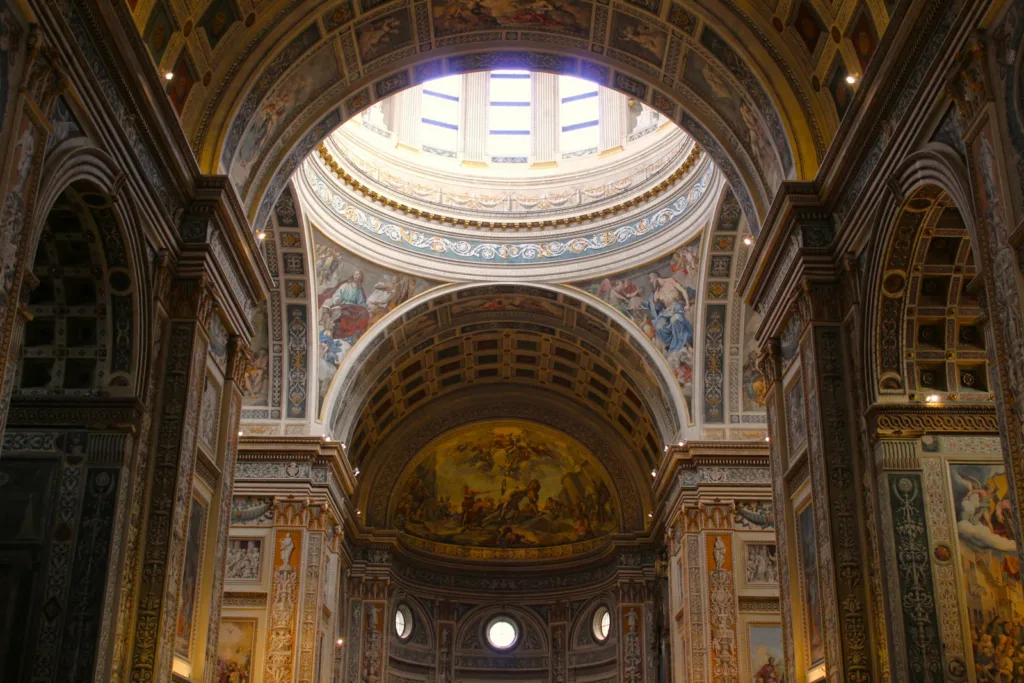
Alberti, a polymath of the Renaissance, not only contributed to architectural theory but also left an indelible mark with designs like the Basilica di Sant’Andrea in Mantua.
C. Donatello – Sculpture as Architecture
The fusion of sculpture and architecture found expression in Donatello’s work, challenging traditional boundaries and adding a new dimension to the architectural landscape.
V. Art and Design Fusion
A. Integration of Art into Architectural Design
The Renaissance era witnessed a seamless integration of art into architectural projects, blurring the lines between disciplines. Buildings became canvases, showcasing the talents of painters, sculptors, and architects alike.
B. The Impact of Leonardo da Vinci’s Artistic Contributions
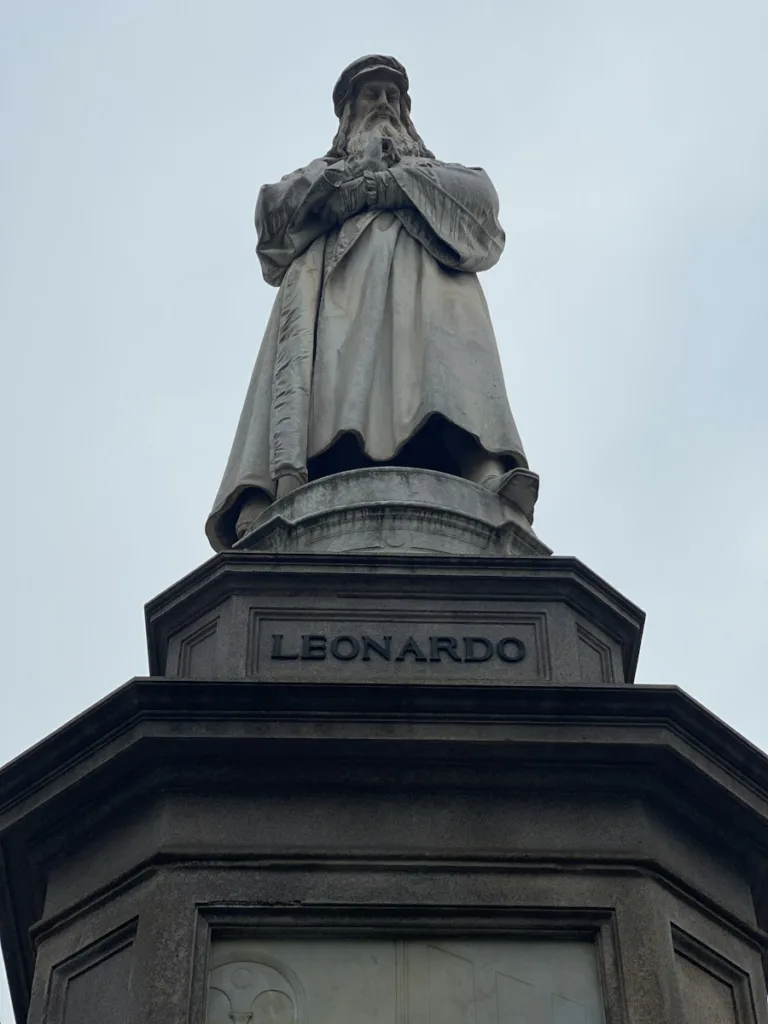
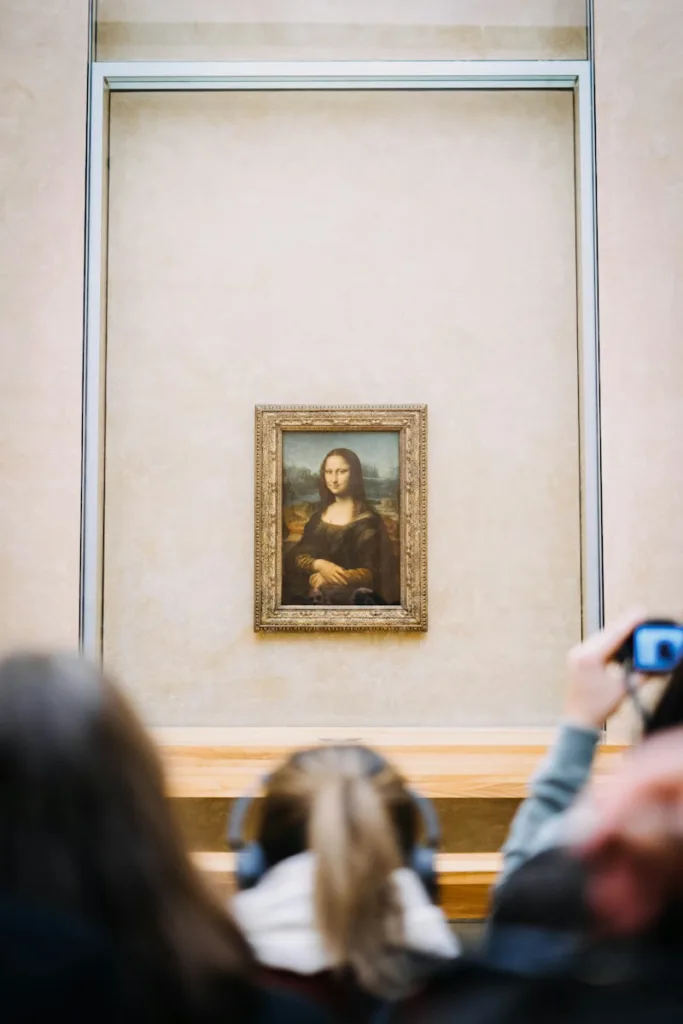
Leonardo da Vinci, a true Renaissance polymath, not only left an indelible mark on painting but also influenced architectural thinking. His detailed sketches and inventive ideas expanded the possibilities of design.
VI. Symbolism in Renaissance Architecture
A. Allegorical Representations in Buildings
Renaissance architects employed symbolism to convey deeper meanings in their structures. From religious allegories to representations of civic virtues, buildings became narratives in stone and mortar.
B. Importance of Symbolism in Renaissance Design
Symbolism added layers of meaning to architectural creations, making them not just functional structures but repositories of cultural, religious, and political significance.
VII. Spread of Renaissance Architecture
A. Dissemination Across Europe
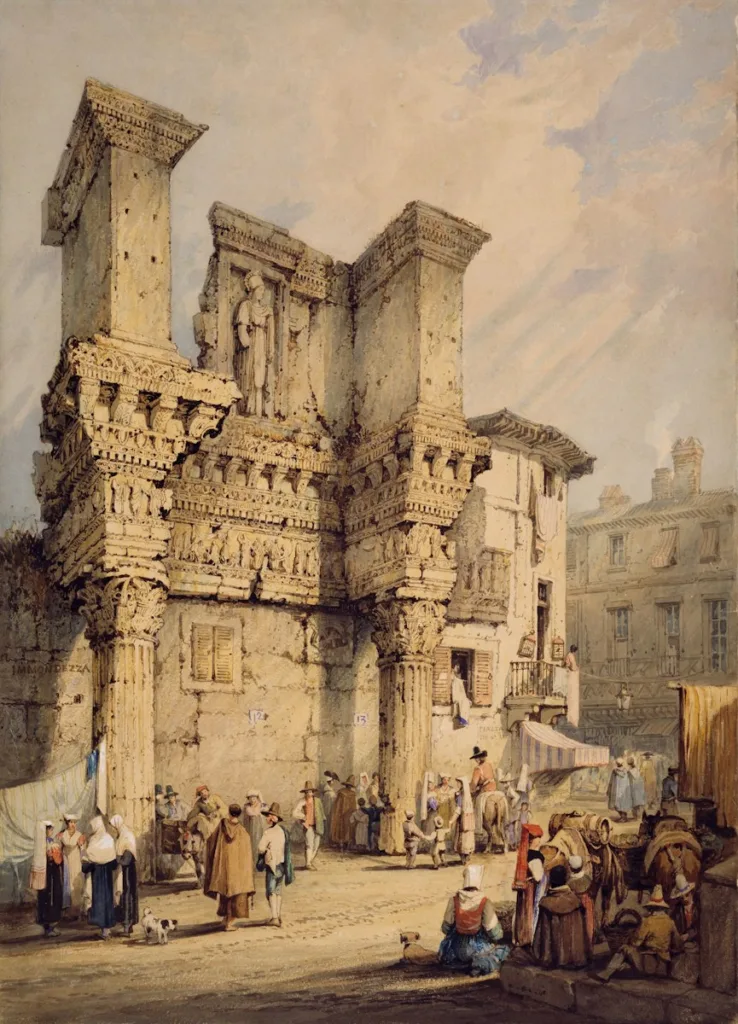
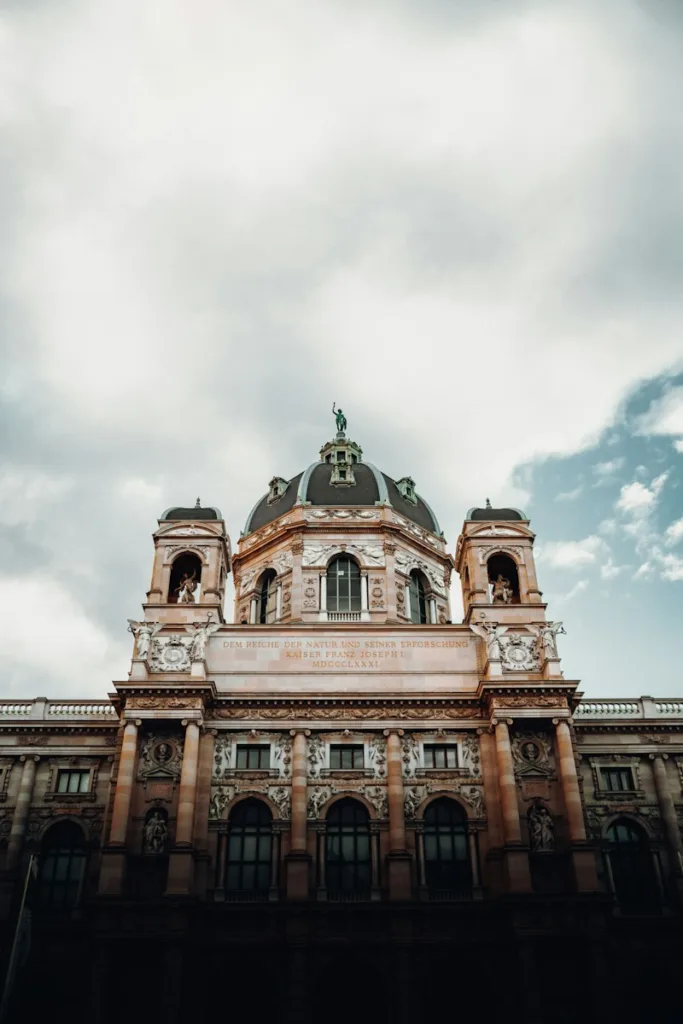
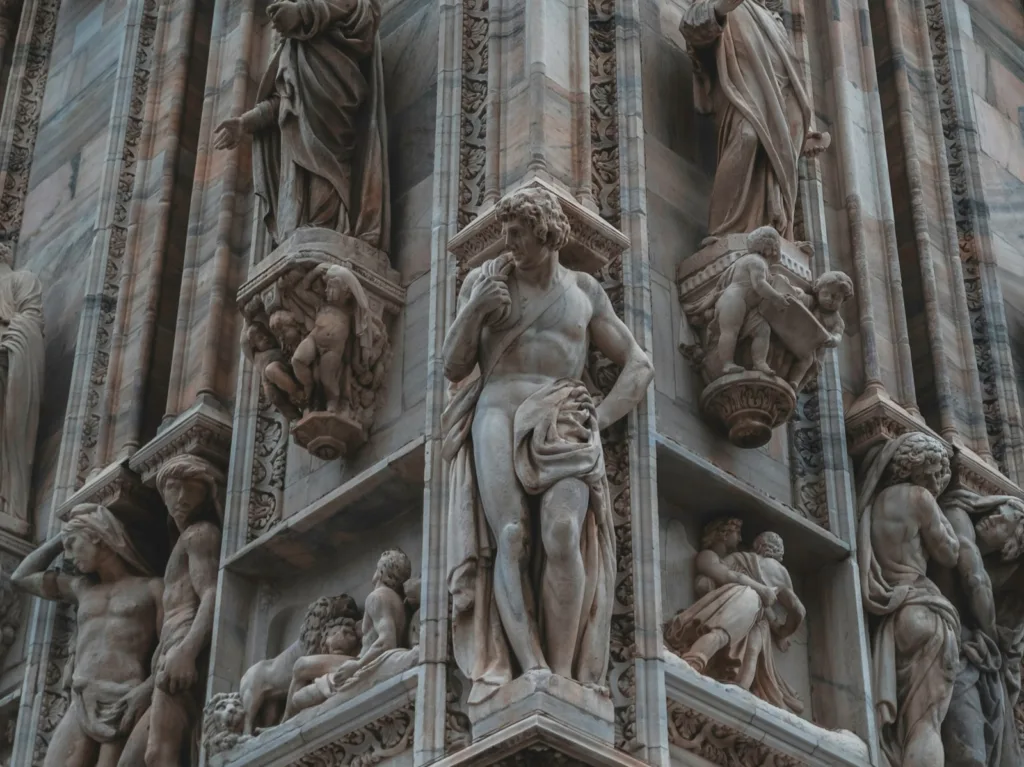
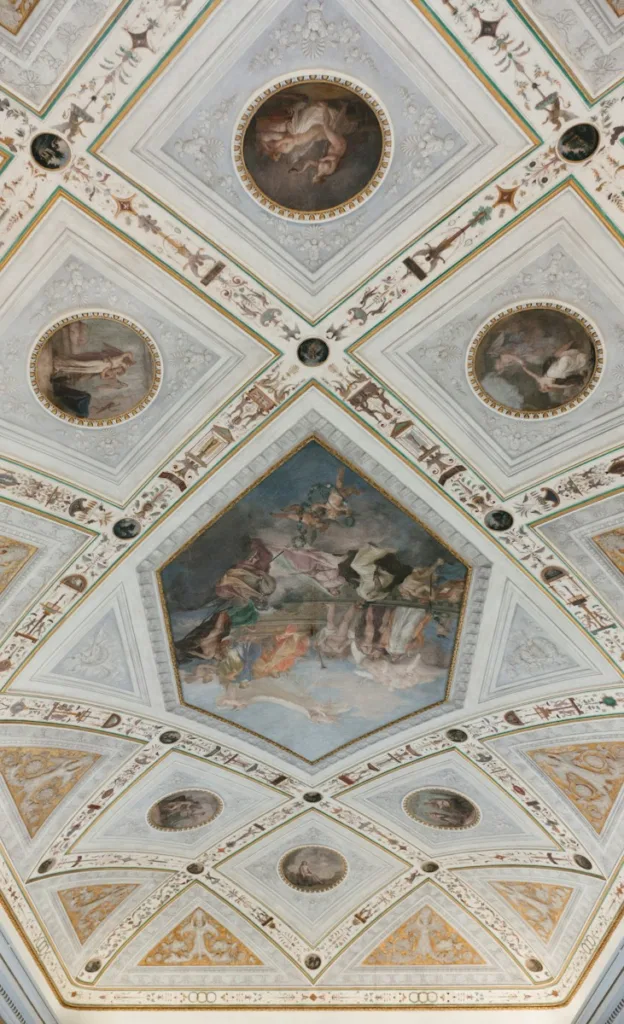
The Renaissance spirit transcended Italy, spreading across Europe. Each region adapted and embraced the architectural renaissance, infusing it with local influences and cultural nuances.
B. Regional Variations and Adaptations
From the grandeur of French châteaus to the restrained elegance of English manors, regional variations reflected the diverse interpretations of Renaissance ideals.
VIII. Challenges and Criticisms
A. Critiques of the Renaissance Style
Despite its brilliance, the Renaissance faced criticisms, with some viewing it as excessive or overly focused on aesthetics. Architects grappled with striking a balance between innovation and tradition.
B. Overcoming Challenges in Architectural Innovation
Architects navigated challenges by incorporating feedback, adapting designs to suit practical needs, and evolving the Renaissance style to address critiques.
IX. Enduring Legacy
A. Continued Influence on Modern Architecture
The Renaissance’s impact endures in contemporary architecture. Elements such as symmetry, proportion, and classical motifs continue to influence architects worldwide.
B. Preservation and Restoration Efforts
Preservation initiatives strive to maintain the integrity of Renaissance structures, ensuring that future generations can appreciate the timeless beauty and innovation of this architectural renaissance.
X. Conclusion
In conclusion, the architectural renaissance of the Renaissance era not only transformed the physical landscape but also laid the foundation for the evolution of design. From the brilliance of Brunelleschi to the artistic fusion championed by da Vinci, this period exemplifies the power of human ingenuity.
FAQs
- How did the Renaissance influence architecture beyond Europe? The Renaissance’s architectural influence reached far beyond Europe, shaping designs in regions as diverse as Asia and the Americas. Its principles transcended cultural boundaries, leaving a lasting impact globally.
- Were there female architects during the Renaissance? While the historical record is limited, some women made significant contributions to Renaissance architecture. However, their recognition was often overshadowed by societal norms of the time.
- What challenges did Renaissance architects face in integrating art into their designs? Renaissance architects faced challenges in balancing functionality with artistic expression. The integration of art sometimes posed practical challenges, requiring innovative solutions.
- How did the Renaissance impact everyday urban planning and residential architecture? The Renaissance influenced not only grand architectural projects but also everyday urban planning and residential architecture. Concepts like symmetry and proportion found their way into the design of cities and homes.
- Is there a specific Renaissance architectural style that persists in modern structures? While not a direct replica, the Renaissance style persists in various architectural elements, with contemporary architects often drawing inspiration from the harmonious proportions and classical motifs of the era.
